Do better fly casters catch more fish? Among the anglers I talk to, the prevailing belief is yes, they do. Most anglers also accept that better casting leads to catching larger fish. And, by extension, that better casting results in more larger fish. As for me, I believe all of it. I’ve watched it happen over the years with casting students of mine. Better casters do catch more fish, larger fish, and more larger fish.
That’s wonderful. Especially for those anglers focused on catching fish. But elevating our casting skills yields other benefits too, some of which are only tangentially related to catching fish. One in particular seems vastly under-appreciated to me, despite the fact it can transcend any of the fish-catching aspects of better casting.
Have a look at the accompanying photograph. It’s the Firehole River in Yellowstone Park. Famous and fertile, the Firehole is one of the busiest rivers in the Park. Which also makes it one of the busiest rivers in the country. Yet, the angler in the picture fishes alone—on an exceptionally popular reach of river at an exceptionally busy time of year (September). What’s the explanation for this?
It’s pretty simple. He fishes alone because the kind of fishing he’s engaged in—flat water, skittish rising trout, tiny dry fly—demands highly proficient casting. Proficiency means casting accurately, delicately, consistently, and, when necessary, doing it in strong winds. Since only a minor percentage of anglers possess these skills (no disrespect intended), it’s no surprise that this stretch of river is empty of other anglers. My experience has shown that few of us actively seek out challenges at the limits of, or beyond, our abilities. We’d rather fish in places and situations we can handle, and actually catch some fish. Nothing wrong with that.
Perhaps you’re familiar with some of these other Yellowstone rivers: Madison, Gallatin, Lamar. Slough Creek. Soda Butte Creek. Famous rivers, one and all. And just like the Firehole, rivers that host lots of anglers. At times, they can be downright crowded. It’s commonly held that any crowding arises from the fact that these are readily accessible world-class rivers, teeming with good size, wild trout. True enough. But far more telling is that they’re also rivers which, by and large, place minimal demands on casting ability. In other words, even rank beginners stand to catch some very fine fish. This combination of easy casting and sizable fish draws crowds practically anywhere it’s found, but especially so in a place like Yellowstone Park.
But here’s the thing. Yellowstone is also home to a plethora of great waters that place serious demands on casting ability. Demands that, frankly, rise above and beyond what the majority of anglers can handle and still be successful. What this means, of course, is that for anglers possessing real casting prowess, the opportunity and option to fish free of crowds is always available. Indeed, just by having control over your line, leader and fly, your exposure to other anglers can be limited to whatever extent you’d like. Pretty remarkable, if you ask me. Just contemplating the possibilities makes me want to go practice my casting.
This scenario isn’t unique to Yellowstone Park. There are times and places throughout the country where these same circumstances exist. So if catching more and larger fish isn’t motivation enough to refine your casting skills, perhaps the prospect of enjoying uncrowded, even solitary, angling experiences will be.
But be forewarned. There’s a risk of loneliness out there, fishing all by yourself.




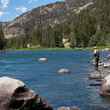
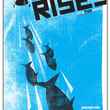
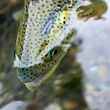




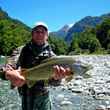
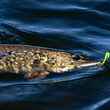



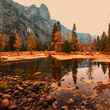




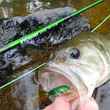
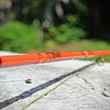



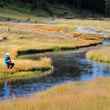
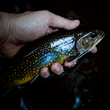

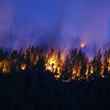
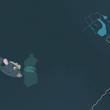
Comments